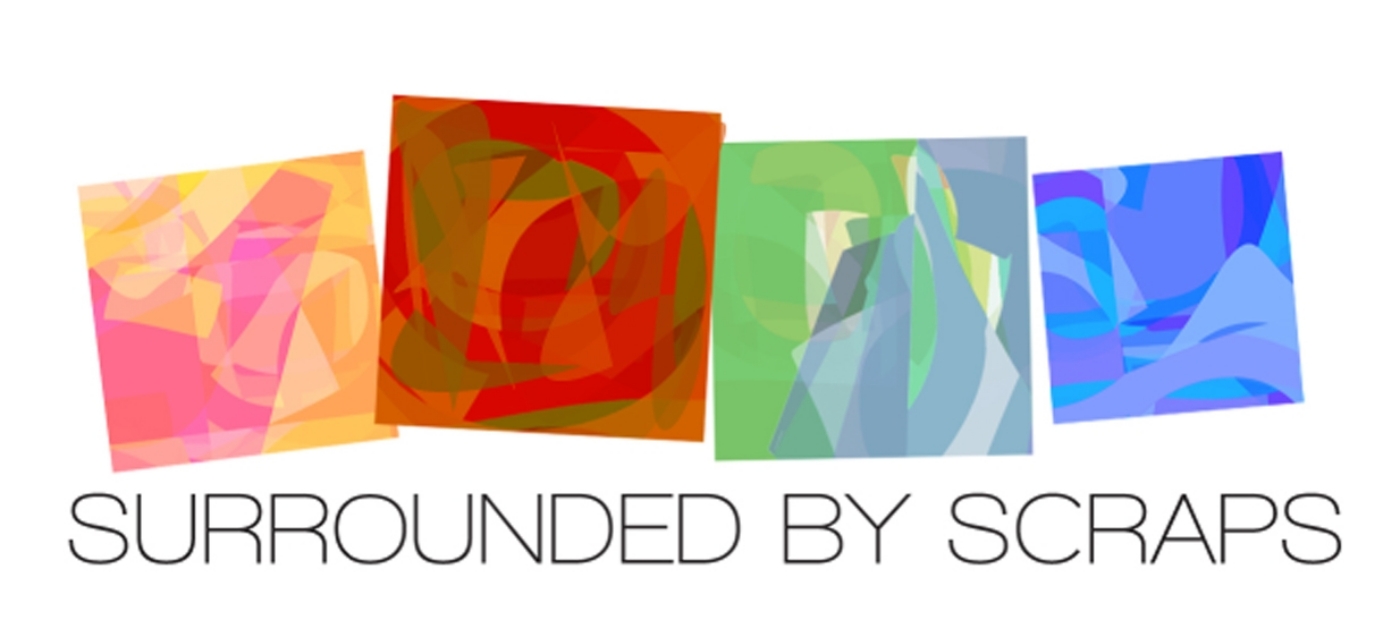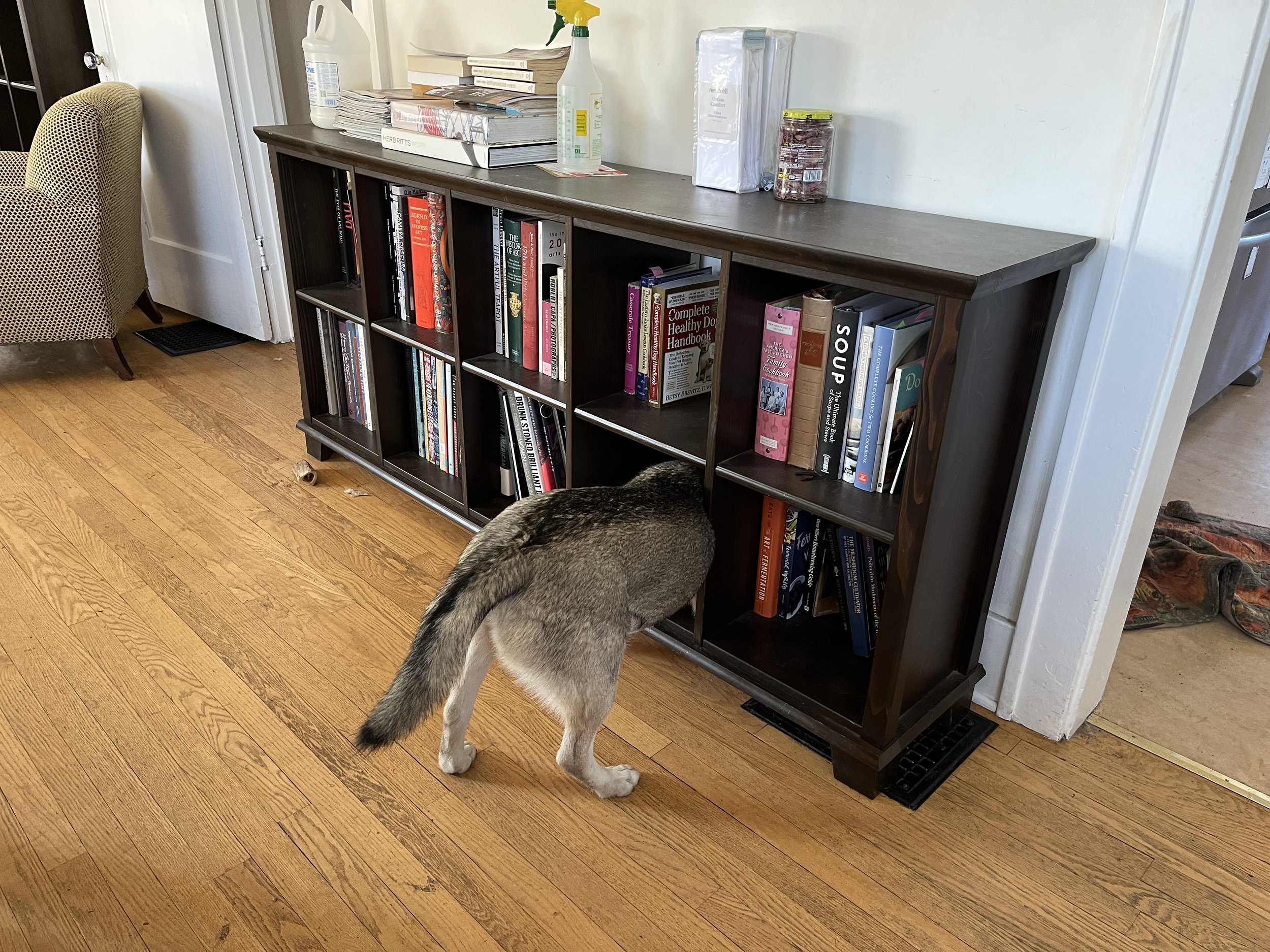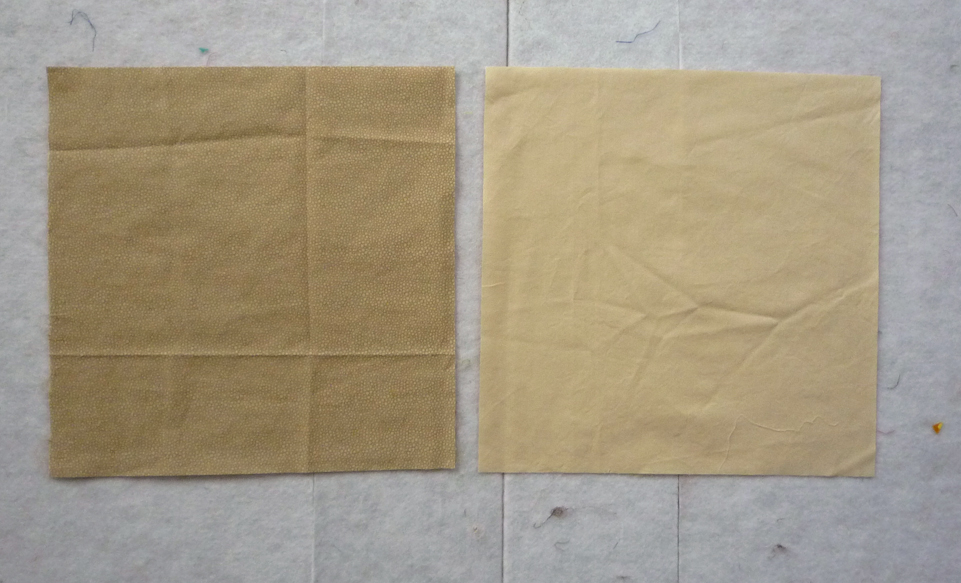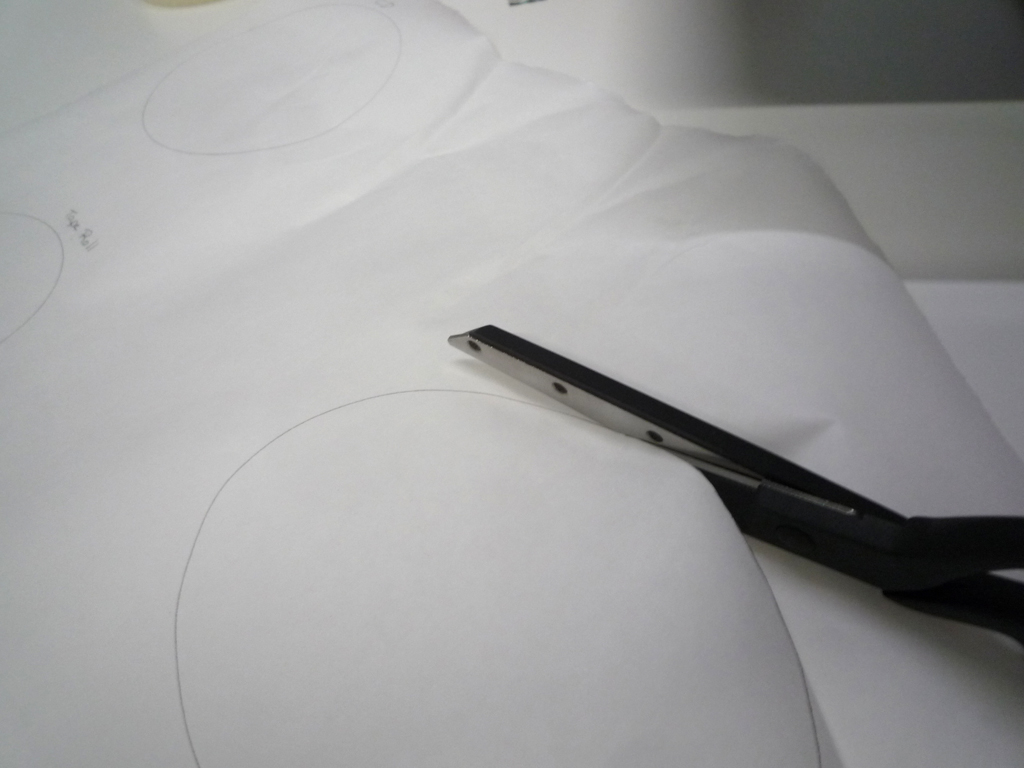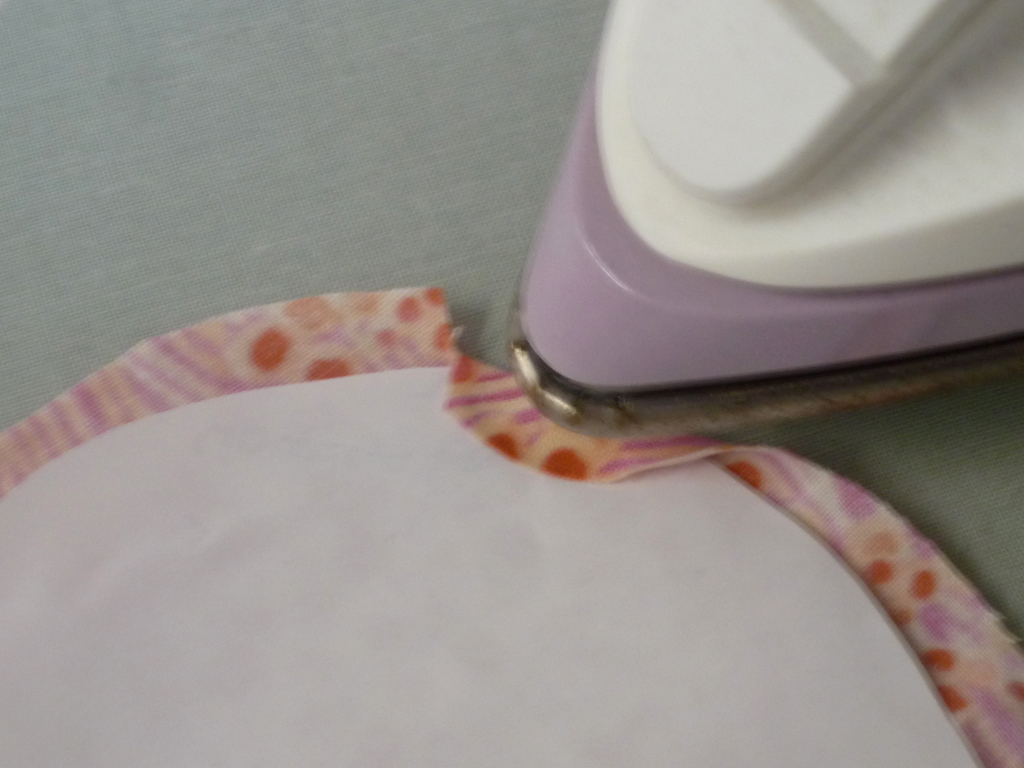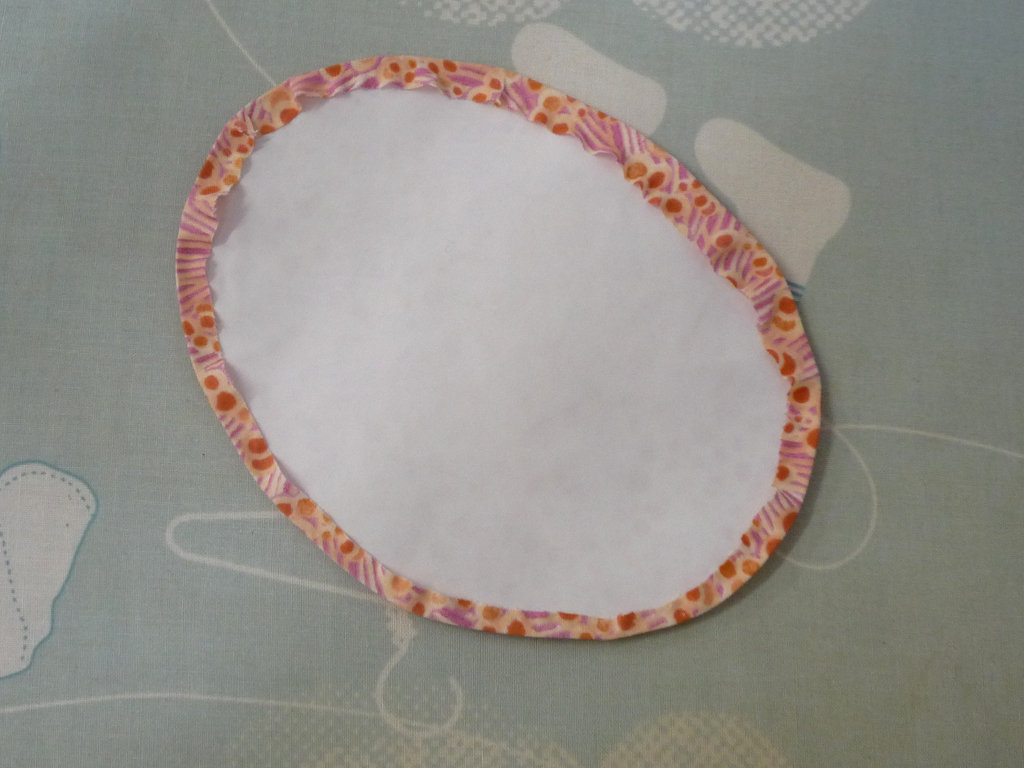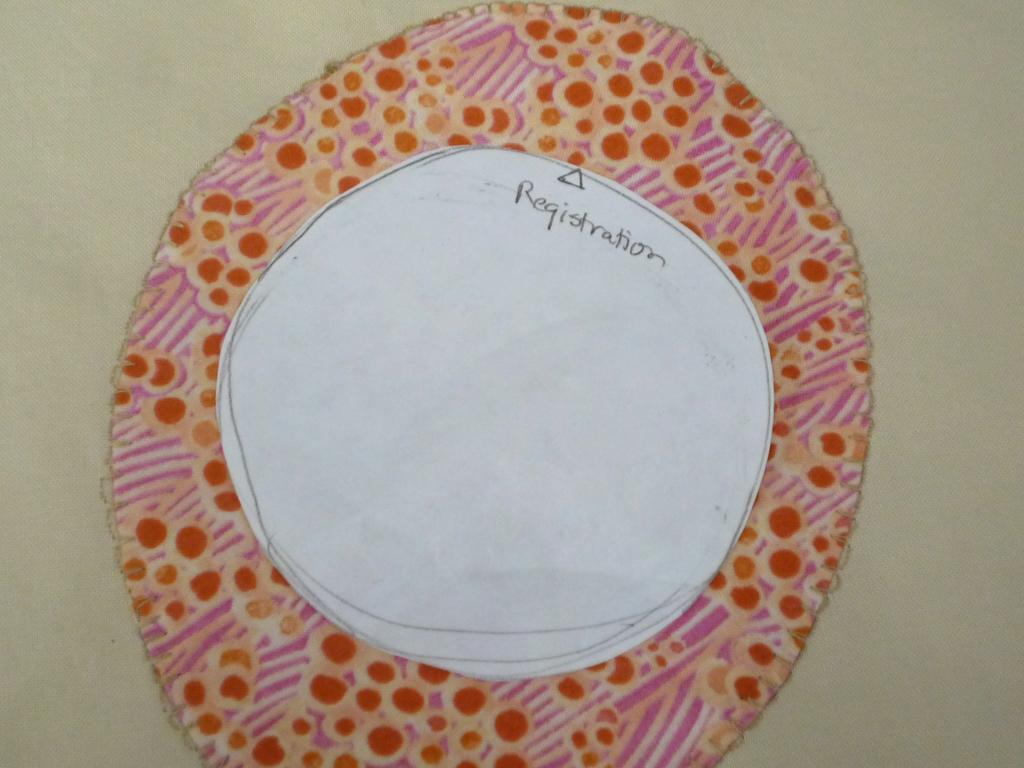A couple of weeks ago I teased a possible blog post, relating to the temperature quilt I made for 2023. There was a lot rolled into the finishing of that one, and I realized I am not yet ready to write about all that will be involved in that journey. Sorry to be vague, but you’ll figure out why as I DO write more.
Late January had me returning to quilting after quite a long hiatus — well, the better part of 4 months, to be honest. Some of that time was spent on an adventurous travel across the globe with J and my cousin Emily, some was spent being with family, as I lost both of my parents unexpectedly (or at least with VERY short notice) over a 2-3 month period (F*%K cancer AND the challenges of the US healthcare system). And in the midst of all this J and I succumbed to the pull of bringing a dog back into our home.
We adopted our pup Oberon from Oregon Humane Society the Sunday of Thanksgiving weekend (also J’s birthday weekend), and had no idea what we were in for! An approximately 1 yr old mix of… ??? (Husky? Shepherd? Lab?) he has proved to be a stereotypical puppy with all the puppy energy, and a chewer to boot!
Naturally, it took a while to even broach the idea of letting Oberon into my sewing room, and leaving him unattended elsewhere in the house is just a silly thought!! To be fair, he has mellowed quite a lot since that commercial dog bed was destroyed, but he does still use the one I made as a chew toy periodically. We’ve managed to establish some rules allowing us to broaden his domain within the house, but it’s all an experiment at this point.
That said, when I returned to Portland in mid-January, I was itching to get back to working on quilts. Creativity and inspiration were slow to return, but thankfully there were some UFOs needing attention (including my 2023 temperature quilt!). So, technically I finished 2 quilt tops in January, but my real win came in February.
After scrolling and scrolling through Pinterest, Flickr and Instagram (what year is it, really??) I finally found some inspiration again. And that inspiration led me to dive into a project of cutting from all* of my Kaffe Fassett Collective collection.
* all* = most
And bonus! By this time I had introduced Oberon to the sewing room enough to actually get some work done with only a fraction of the worry that he would grab fabrics (or books) out of my open cubby shelving, or off the table, or plucked from the design wall (all of which has happened at least once!).
I think I have enough cut from each of these fabrics to make (or at least get started with) a couple of different quilts. And the beauty of it is that it brings together a desire for using more of this fabric “collection” while also making something not precious to me, not meant as a specific gift, but that I hope will be enjoyed by someone once it’s all done!
And I’m well on the way to adding this one to my completed pile… after playing around with various layouts, I have completed one quilt top so far. Drawing from quilts I found on Pinterest, which I learned used the Plaid-ish quilt tutorial from Kitchen Table Quilting, here is my first quilt top both started and completed in 2024.
May it be the first of many.
Next challenge: figure out how to baste quilts with this pup in the house! Not the least of our issues being the need to sweep almost daily (not that we do), due to the amount of fur shed and mud tracked in!
But look at that face!!
